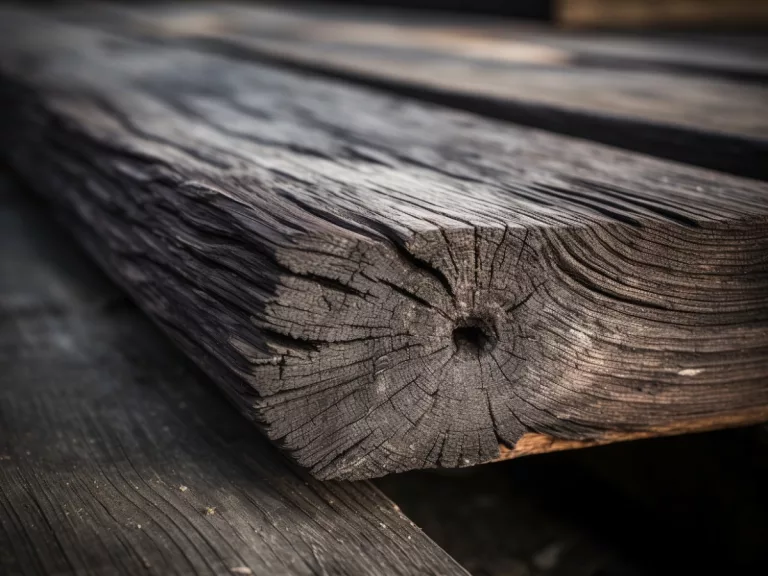Mastering Moisture Content for Woodworking: A Comprehensive Guide

Summary
Moisture Content’s Impact: Essential for wood behavior and project success.
Measuring Moisture Accurately: Tools and techniques, focusing on moisture meters.
Environmental Effects: Influence of humidity and temperature on wood.
Advancements in Technology: Future trends in moisture measurement for woodworking.
Woodworker’s Guide: Tips for wood care and additional learning resources.
Hey there, fellow woodworkers! Let’s learn about the moisture content for woodworking – a topic that’s crucial yet often overlooked. Understanding moisture content isn’t just about keeping your wood from warping; it’s about ensuring the longevity and beauty of your creations.
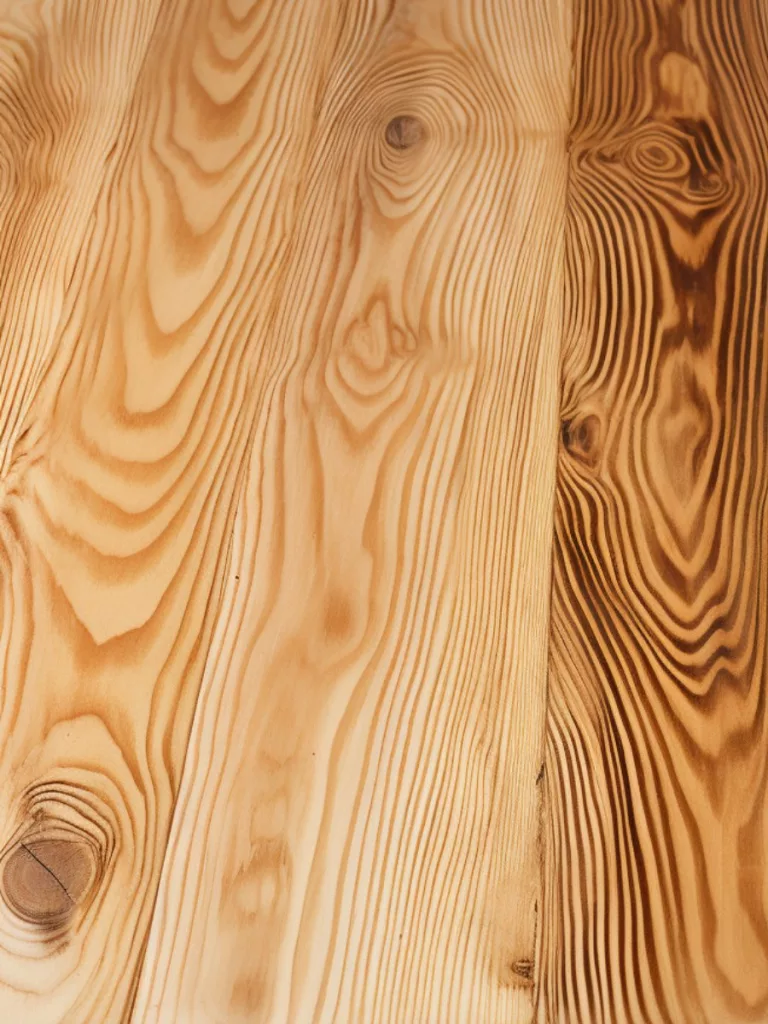
Proper moisture content in wood is vital for the project
Moisture Content’s Importance in Woodworking
Moisture content in wood is like the secret ingredient in your grandma’s recipe – it can make or break your project. Whether you’re turning a bowl, crafting a cabinet, or building a deck, the moisture content of your wood determines how well it behaves both during and after your project. Too dry, and your wood might split; too wet, and it could warp. It’s all about finding that sweet spot.
The Science Behind Moisture Content for Woodworking
Wood is hygroscopic – a fancy term that means it loves to play with moisture. It absorbs or releases moisture based on its environment, kind of like a sponge. This characteristic is crucial because it directly affects wood’s size and shape. Ever noticed how a wooden door sticks in summer but not in winter? That’s hygroscopy in action!
Measuring Moisture Content Accurately
Getting the moisture content right is more art than science. But don’t worry, it’s an art you can master with the right tools and knowledge.
Precise Moisture Measurement
Enter the moisture meter – your best friend in the workshop. These handy devices come in two flavors: pin and pinless. Pin meters are like mini vampires; they bite into the wood to read moisture levels. Pinless meters, on the other hand, are more like wizards, magically reading moisture levels without leaving a mark. Choose one that suits your style and get measuring!
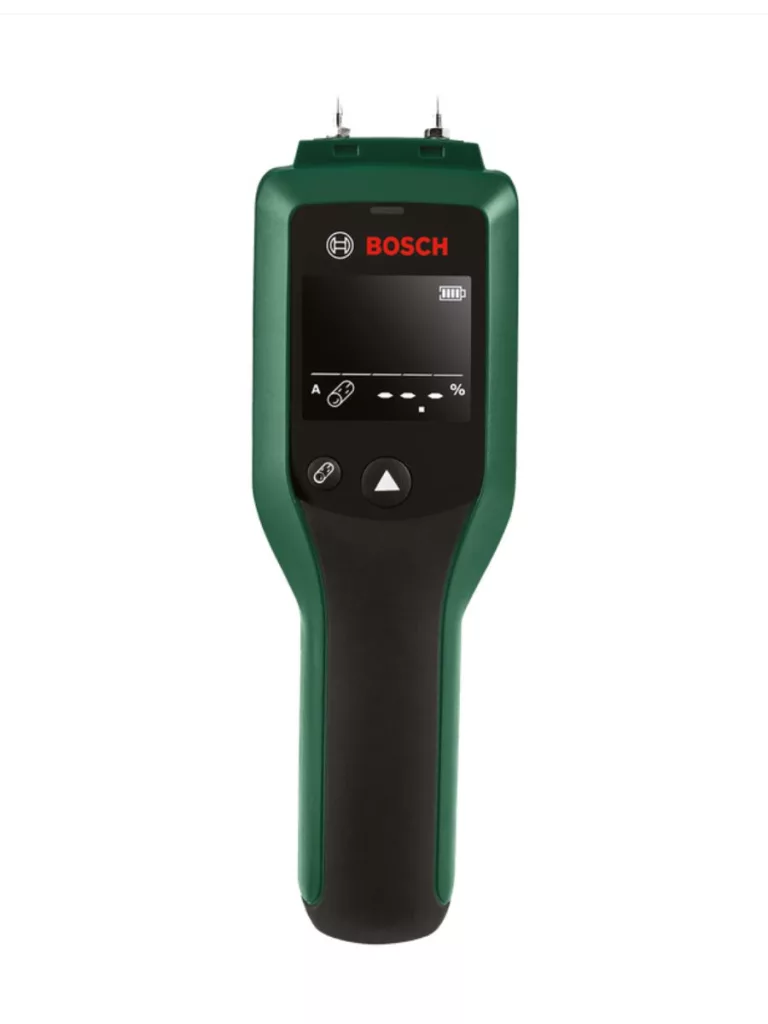

Understanding the Readings
Reading a moisture meter isn’t rocket science, but it does require a bit of know-how. The key is to understand the baseline moisture content for your region and the specific needs of your project. It’s like tuning a guitar – you need to know the right pitch before you start playing.
Optimal Moisture Levels for Different Woodworking Projects
Each project has its own moisture sweet spot. Let’s break it down.
Moisture Content for Indoor Usage
For indoor furniture, aim for a moisture content of around 6-8%. It’s the Goldilocks zone – not too dry, not too wet. This range minimizes the risk of warping and cracking, ensuring your furniture stands the test of time.
Ideal Moisture Levels for Outdoor Woodworking Projects
Outdoor projects are a different beast. Here, aim for a moisture content of 9-14%. Outdoor wood faces the elements – rain, sun, and wind. A slightly higher moisture content gives the wood some wiggle room to expand and contract without playing havoc. Understanding moisture content is your first step towards creating woodworking masterpieces that last a lifetime.
Here’s a video on taking the measurements accurately and understanding the readings.
Factors Affecting Moisture Content in Wood
Alright, let’s get into the nitty-gritty of what really influences the moisture content in our beloved wood. It’s not just about the wood itself; think of it as a dance between the environment and the wood’s natural tendencies.
Environmental Influences: Humidity and Temperature
Picture this: It’s a hot, humid summer day. Just like you feel the sweat on your skin, wood feels the moisture in the air. Higher humidity means more moisture for the wood to soak up, leading to expansion. On the flip side, a dry, cold winter day can make the wood play the shrinkage game. Temperature swings are like mood swings for wood; they can change how it behaves.
Wood quality and performance degrade over time for environmental impacts like rain, sun and snow
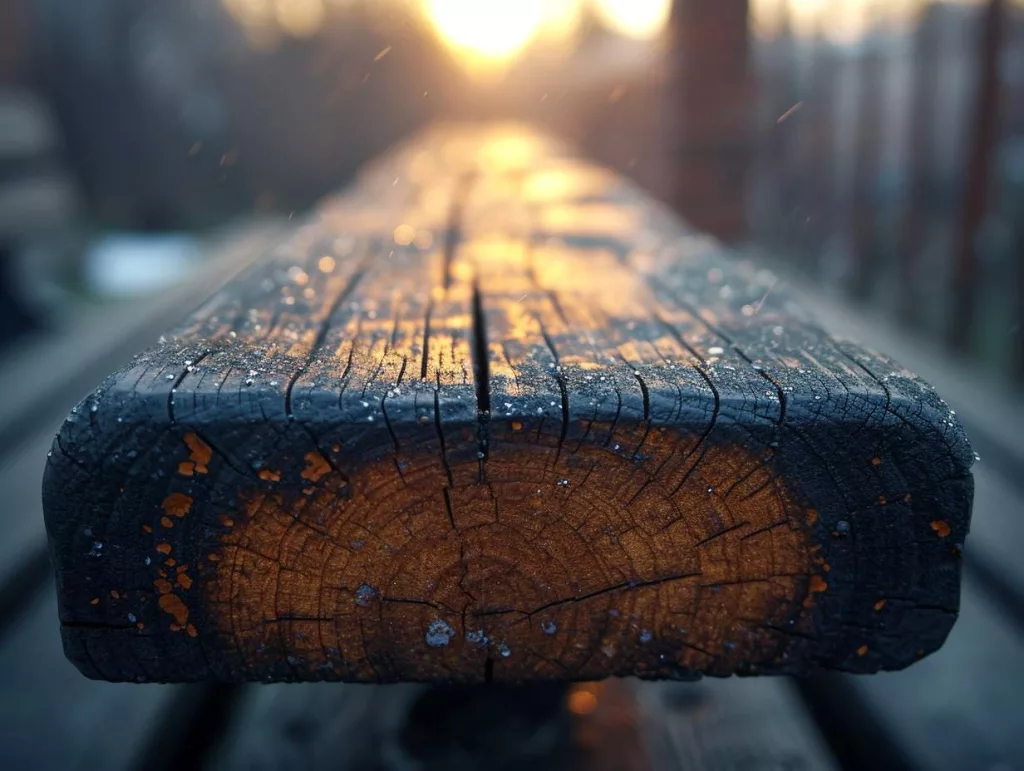
Wood Species and Their Moisture Characteristics
Not all woods are created equal in the moisture game. Some, like oak and maple, are the strong, silent types – they don’t absorb or lose moisture quickly. Others, like pine, are more like sponges, soaking up and releasing moisture at the drop of a hat. Knowing your wood species is like knowing a friend’s quirks – it helps you anticipate and plan better.
Preventing Moisture-Related Issues in Woodworking
Now, let’s talk about keeping those moisture-related gremlins at bay.
Techniques for Stabilizing Wood Pre-Use
The key here is control. Think of stabilizing wood like acclimatizing a fish to a new aquarium. You can’t just throw it in; you need to let it get used to its new environment. Use a controlled space to let your wood adjust to the humidity and temperature it’ll face in its final destination. It’s all about giving the wood time to settle in.
Addressing Common Moisture-Related Wood Defects
Ever seen a beautiful piece of woodwork ruined by warping or cracking? That’s moisture mischief right there. The trick is to catch these issues before they become big problems. Regular checks with a moisture meter, proper storage, and understanding the wood’s moisture history can save you a lot of headaches.
Seasonal Variations and Wood Movement
Wood and seasons have a love-hate relationship. Let’s learn how to make it more love than hate.
Anticipating and Adjusting for Seasonal Moisture Fluctuations
Woodworking is a bit like weather forecasting. You need to anticipate how changes in the season will affect your wood. In humid summers, allow for a bit of expansion. In dry winters, prepare for some shrinkage. It’s about being one step ahead of Mother Nature.
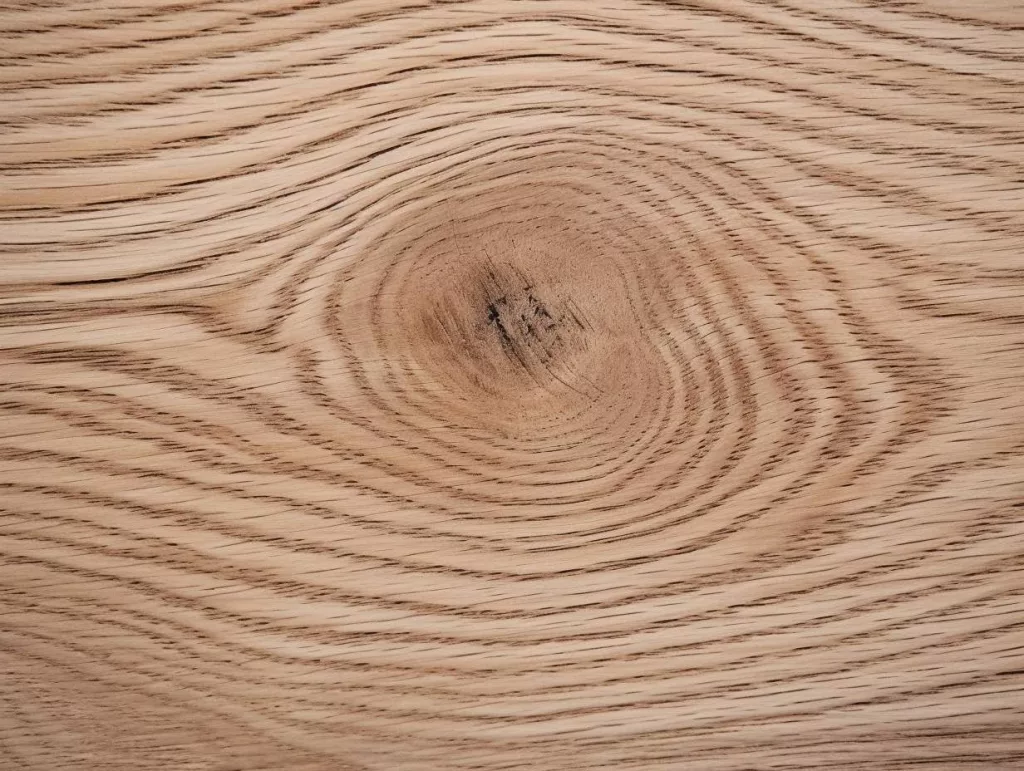
Strategies for Long-Term Wood Stability
Long-term stability in woodworking is like a good marriage – it requires understanding and adjustment. Use finishes that help regulate moisture exchange. Design with movement in mind – allow for expansion and contraction in your joinery. It’s about working with wood’s natural tendencies, not against them.
Advanced Tips for Professional Woodworkers
For the pros out there, let’s up the game.
Handling Exotic Woods: Special Considerations
Exotic woods are like the divas of the woodworking world – beautiful but high-maintenance. They often come from more humid climates and can be extra sensitive to moisture changes. Treat them with respect, understand their unique moisture needs, and they’ll reward you with stunning results.
Case Studies: Expert Solutions to Moisture Challenges
Learning from others is key in woodworking. Look at case studies of how seasoned woodworkers have tackled moisture challenges. Whether it’s a clever design that accommodates wood movement or a unique finishing technique, there’s a wealth of knowledge out there. Remember, every piece of wood has a story; learn to read it, and you’ll be a woodworking maestro.
For instance, I was once tasked with crafting an oak door for a client’s heritage home. Oak, known for its strength and stability, was the perfect choice. However, I learned that even the mightiest oak is not immune to moisture’s effects. After installation, the door expanded slightly during the humid summer months, making it a bit sticky to open. This experience reinforced the importance of accounting for environmental factors and seasonal variations when working with wood.
Beyond the Workshop: Moisture Content in Finished Products
Hey there, woodworking enthusiasts! Let’s step out of the workshop for a bit and talk about how moisture content plays a role even after your project is complete. It’s not just about crafting; it’s about ensuring your masterpiece stands the test of time and environment.
Ensuring Longevity of Wood Products in Varied Environments
Imagine your handcrafted coffee table in a cozy mountain cabin or a sleek bookshelf in a seaside home. Different environments, right? The key to longevity is understanding how moisture interacts with wood in these varied settings. It’s about creating a balance – using finishes that protect yet allow the wood to breathe and adapt. Think of it as giving your wood a shield, tailored to where it will live its life.
Maintenance and Care for Moisture Preservation
Caring for wood products is like caring for a good friendship – it needs attention and understanding. Regular check-ups with a moisture meter can help you spot potential issues before they become big problems. And let’s not forget the power of a good polish or oil to keep the wood hydrated and happy. It’s all about giving your wood some TLC to maintain its beauty and integrity.

The Future of Moisture Measurement in Woodworking
As we look ahead, the world of moisture measurement in woodworking is getting some exciting upgrades.
Emerging Technologies and Trends
We’re talking about smart sensors that can continuously monitor moisture levels and alert you to changes, or advanced imaging techniques that let you see moisture distribution inside the wood. It’s like giving woodworkers x-ray vision and a sixth sense for moisture!
Expert Predictions: The Next Frontier in Wood Moisture Management
Experts are buzzing about the integration of AI and IoT in moisture management. Imagine a future where your workshop is equipped with intelligent systems that not only measure moisture but also predict and adjust for environmental changes. It’s not just about reacting; it’s about proactively managing moisture for the perfect build.
Read this research on sensing wood moisture.
Conclusion
So, what have we learned? Moisture content in woodworking is a journey, not just a step in the process. From choosing the right wood to crafting and beyond, understanding and managing moisture is key to the success and longevity of your projects.
Remember, the best woodworkers are those who respect and understand their material. Stay curious, keep learning, and always be ready to adapt. Your love for woodworking combined with the right knowledge and tools will lead you to create not just products, but legacies.
Recommended Reading, Tool and Support
- “Great Book of Woodworking Tips” by Randy Johnson; ISBN-13 : 978-1565235960: This book is packed with over 650 workshop tips, techniques, and secrets, making it an invaluable resource for woodworkers of all skill levels
- And don’t forget to equip yourself with a reliable moisture meter – it’s an investment in your craft.
- If you’re looking for expert advice or have specific questions, feel free to reach out to us. Whether you’re a seasoned pro or just starting, there’s always more to learn in the wonderful world of woodworking.
FAQs
What is a good moisture content for wood?
Ideal moisture content for wood is 6-8% for indoor and 9-14% for outdoor projects. However, this can vary depending on the specific use of the wood and the average humidity of the area where the finished product will be used.
How do you know if wood is dry enough for woodworking?
Wood is dry enough when it reaches an equilibrium moisture content suitable for its use, typically measured with a moisture meter.
What is the moisture content for turning wood?
Moisture content for turning wood varies, often between 10-15%, but some prefer working with green wood over 30%.
At what moisture content does mold grow on wood?
Mold can grow on wood at a moisture content of around 20% or higher.
How long does it take for wood to dry?
The drying time for wood varies widely depending on the type of wood, its initial moisture content, thickness, and the drying method used. Air drying can take several months to years, while kiln drying is much faster, often taking days to weeks.
Can I use green (undried) wood for woodworking?
While green wood is generally not recommended for fine woodworking due to its tendency to warp and shrink as it dries, it is sometimes used in specific applications like green wood carving or in rustic projects where the natural movement of the wood is part of the design.
What happens if I use wood that’s too dry?
Using wood that’s too dry can also be problematic, especially in environments with higher humidity. The wood can absorb moisture from the air, causing it to expand and potentially distort.
How dry should wood be for woodworking?
Wood for woodworking should ideally have a moisture content of 6% to 8%. This range minimizes the risk of warping or shrinking in indoor environments. For outdoor projects, a slightly higher (9-14%) moisture content may be acceptable.

